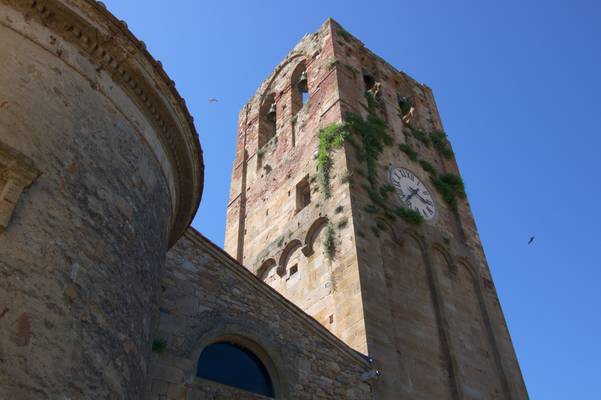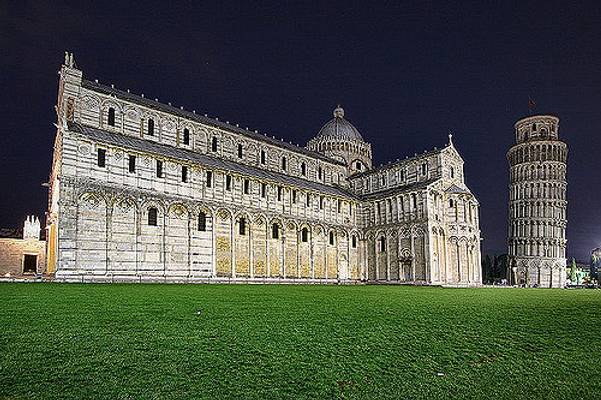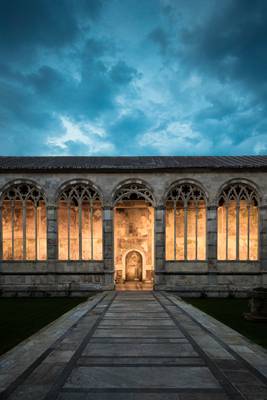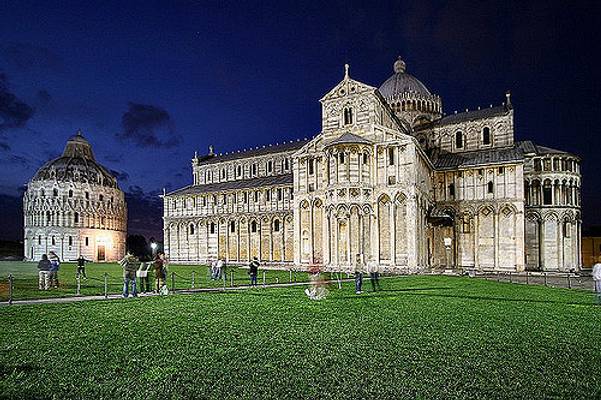
Pisa
Pisa, located in the heart of Tuscany, is a city that is famous for its iconic Leaning Tower. However, this charming city has much more to offer than just its leaning tower. Pisa is a city that is rich in history, culture, and architecture, making it a perfect destination for photography enthusiasts. The city is home to several stunning photography locations, including the Piazza dei Miracoli, the Cathedral of Santa Maria Assunta, and the Baptistery of St. John. These locations offer a perfect blend of ancient and modern architecture, making them ideal for capturing some of the most beautiful and unique photographs.

by Eduard Wichner
The Piazza del Duomo ("Cathedral Square") is a wide, walled area to the north of central Pisa, Tuscany, Italy, recognized as one of the main centers for medieval art in the world. It is a sacred area, Catholic Christian religion, and it is dominated by four great sacred edifices: the Duomo (cathedral), the Campanile (the cathedral's free standing bell tower), the Baptistry and the Campo Santo (the monumental graveyard). Partly paved and partly grassed, it hosts also other buildings such as the old hospital (now in part the Museum of Sinopias) and the Museum of the "Opera del Duomo" (the Cathedral Square museum]. It is otherwise known as Piazza dei Miracoli ("Square of Miracles").
The Leaning Tower of Pisa (Italian: Torre pendente di Pisa) or simply the Tower of Pisa (Torre di Pisa) is the campanile, or freestanding bell tower, of the cathedral of the Italian city of Pisa, known worldwide for its unintended tilt to one side. It is situated behind the Cathedral and is the third oldest structure in Pisa's Cathedral Square (Piazza del Duomo) after the Cathedral and the Baptistry. The tower's tilt began during construction, caused by an inadequate foundation on ground too soft on one side to properly support the structure's weight. The tilt increased in the decades before the structure was completed, and gradually increased until the structure was stabilized (and the tilt partially corrected) by efforts in the late 20th and early 21st centuries. The height of the tower is 55.86 metres (183.27 feet) from the ground on the low side and 56.67 metres (185.93 feet) on the high side. The width of the walls at the base is 2.44 m (8 ft 0.06 in). Its weight is estimated at 14,500 metric tons (16,000 short tons). The tower has 296 or 294 steps; the seventh floor has two fewer steps on the north-facing staircase. Prior to restoration work performed between 1990 and 2001, the tower leaned at an angle of 5.5 degrees, but the tower now leans at about 3.99 degrees. This means that the top of the tower is displaced horizontally 3.9 metres (12 ft 10 in) from where it would be if the structure were perfectly vertical.
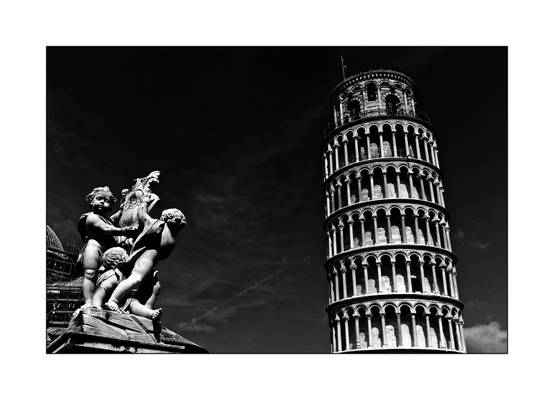
by Jean-Louis Dumas
La tour penchée de Pise....on ne la présente plus !
Shot with DxO ONE
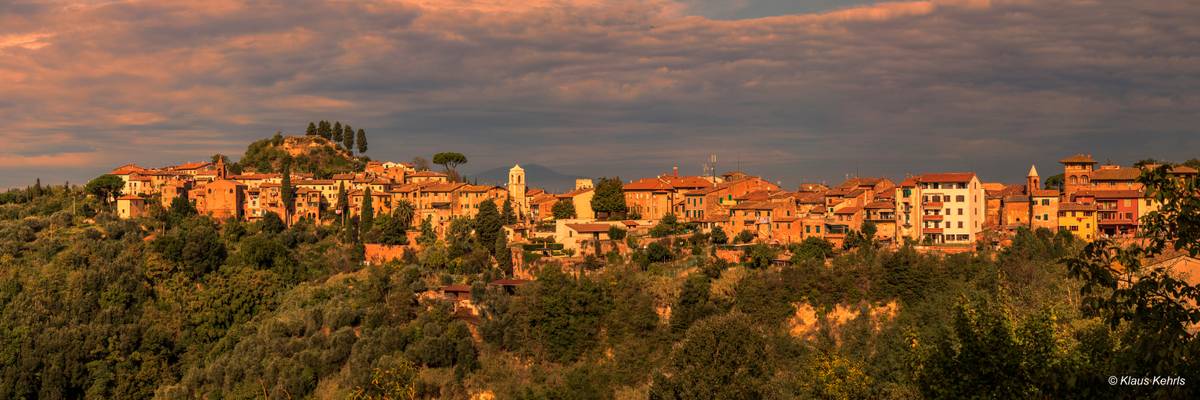
by Klaus Kehrls
Thanks for over 7 million visits
Please don't use this image on websites, blogs or other media without my explicit permission. © All rights

by Jean François Bonachera
le O de Volterra
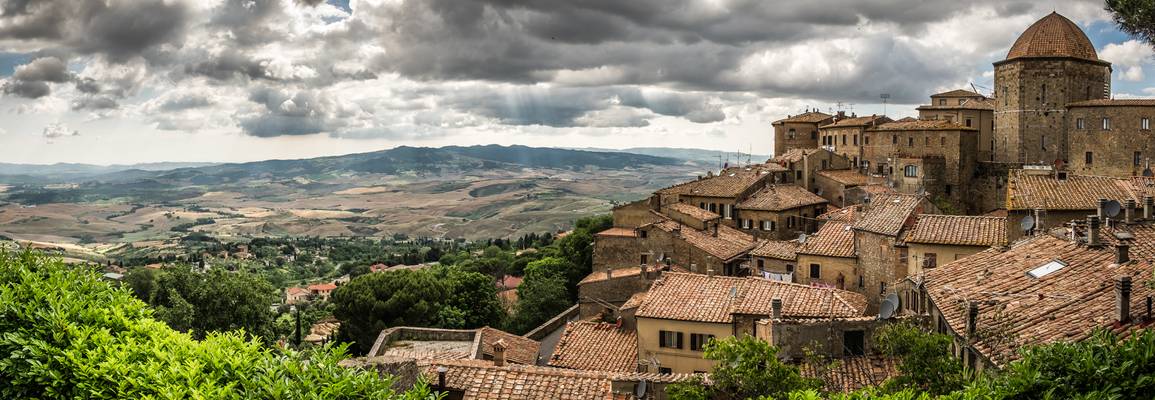
by Giuseppe Milo
If you like my pictures please support me buying a print from my shop www.pixael.com/en/pictures thanks!
You can follow me on https://www.facebook.com/giuseppemilophoto https://twitter.com/pixael_com https://instagram.com/pixael/
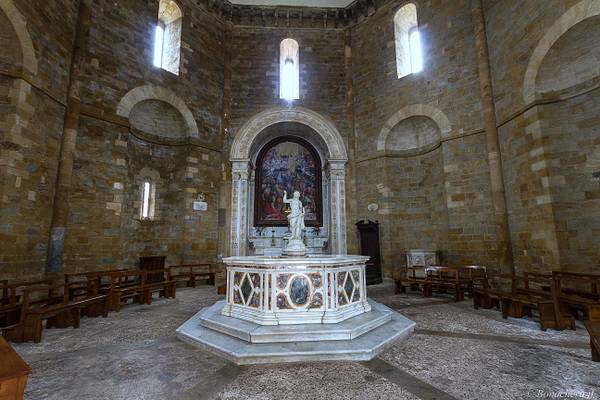
by Jean François Bonachera
Le baptistère de st jean baptiste
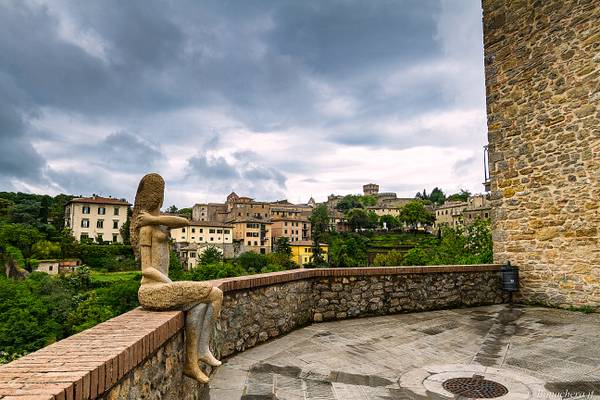
by Jean François Bonachera
terrasse

Duomo or Cathedral interior in Pisa Italy. As always, thanks for the views and comments. Happy Monday and have a great week ahead!
![Pisa at blue Hour [IT]](https://cdn.phoide.com/Thumbs/24295456754.jpg)
UNESCO : Piazza del Duomo, Pisa Date of Inscription: 1987 Criteria: (i)(ii)(iv)(vi)

by Joao Eduardo Figueiredo
_1JF7004
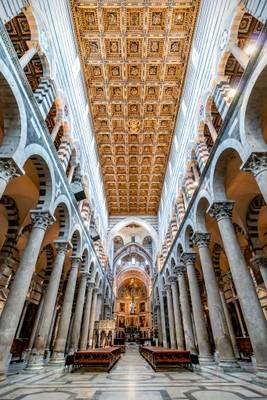
by Salvatore Petrantoni
Il Duomo di Santa Maria Assunta, al centro della Piazza del Duomo, conosciuta anche come Piazza dei Miracoli, è la cattedrale medievale di Pisa nonché chiesa primaziale.
Capolavoro del romanico, in particolare del romanico pisano, rappresenta la testimonianza tangibile del prestigio e della ricchezza raggiunti dalla Repubblica marinara di Pisa nel momento del suo apogeo.
Interno
L'interno
Cappella del Santissimo Sacramento
Il pergamo di Giovanni Pisano L'interno a cinque navate è rivestito di marmi bianchi e neri, con colonne monolitiche di marmo grigio e capitelli di ordine corinzio. Gli archi delle dieci campate sono a tutto sesto (quelli della navata centrale) oppure a sesto rialzato nello stile moresco del tempo (quelli delle navate laterali). La navata centrale ha un soffitto a cassettoni dorati seicenteschi, in legno dorato e dipinto, dei fiorentini Domenico e Bartolomeo Atticciati; reca dorato lo stemma dei Medici. Presumibilmente l'antico soffitto presentava una struttura con capriate lignee a vista. Le quattro navate laterali hanno una copertura intonacata a crociera. La copertura a cassettoni è presente anche nel coro e nella navata centrale del transetto, mentre una coperatura a botte intonacata è presente nelle navate laterali del transetto. Curiosa è la coperatura delle navate laterali del transetto al livello delle due campate in comune con le navate laterali del corpo longitudinale: queste sono a crociera (come nelle navate laterali del corpo longitudinale), ma sono più alte (come nelle navate laterali del transetto).
Nel punto di incontro tra il transetto e il corpo centrale si innalza la cupola, decorata con la rara tecnica di pittura a encausto[7] (o cera su muro)[8], dall'immagine di Vergine in gloria e santi dai pisani Orazio e Girolamo Riminaldi (1627-31). La cupola ha subito un restauro che è terminato nel 2018.
È inoltre presente un matroneo di orgine bizantina che corre lungo tutta la chiesa, compreso coro e transetto e che presenta una coperatura a cassettoni (corpo centrale) o a travi lignee (transetto). Ancora più in alto sottili e profonde finestrine permettono l'illuminazione della chiesa.
L'interno suggerisce un effetto spaziale simile a quello delle moschee, a causa dell'uso di archi a sesto rialzato nelle navate laterali più esterne, all'alternanza di fasce in marmo bianco e verde e all'inconsueta cupola ellittica, di ispirazione moresca. La presenza dei matronei, con le solide colonne monolitiche di granito nelle bifore, è un chiaro segno di influenza bizantina. L'architetto Buscheto aveva accolto stimoli dal Levante islamico e dall'Armenia.[9]
Fonte:

by Giuseppe Milo
If you like my pictures please support me buying a print from my shop www.pixael.com/en/pictures thanks!
You can follow me on https://www.facebook.com/giuseppemilophoto https://twitter.com/pixael_com https://instagram.com/pixael/
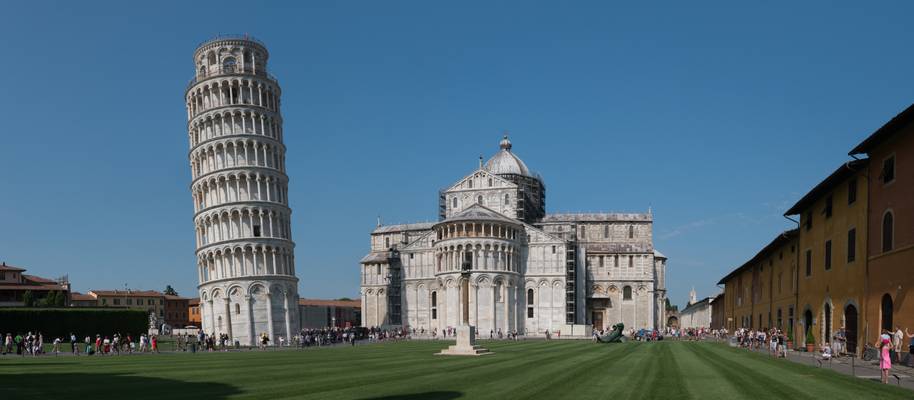
by Di_Chap
Pise, Italy
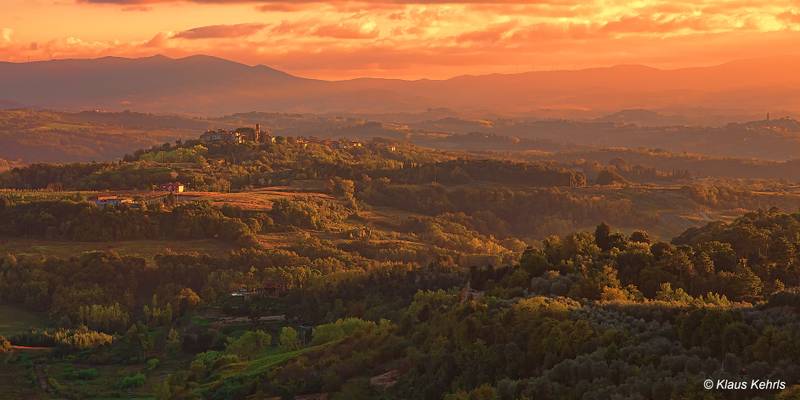
by Klaus Kehrls
Thanks for over 7 million visits
Please don't use this image on websites, blogs or other media without my explicit permission. © All rights

by Jean François Bonachera
sources de docciola
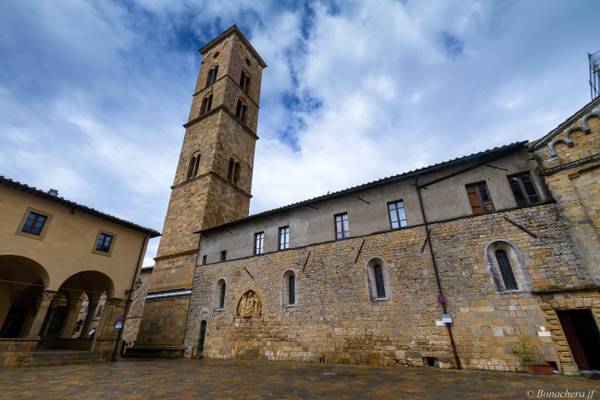
by Jean François Bonachera
Le campanile de la cathédrale

by Giuseppe Milo
If you like my pictures please support me buying a print from my shop www.pixael.com/en/pictures thanks!
You can follow me on www.facebook.com/giuseppemilophototwitter.com/pixael_cominstagram.com/pixael/
![Piazza dei miracoli at blue hour [IT]](https://cdn.phoide.com/Thumbs/22478015283.jpg)
UNESCO : Piazza del Duomo, Pisa Date of Inscription: 1987 Criteria: (i)(ii)(iv)(vi)
![Duomo [IT]](https://cdn.phoide.com/Thumbs/20523146026.jpg)
UNESCO : Piazza del Duomo, Pisa Date of Inscription: 1987 Criteria: (i)(ii)(iv)(vi)
![Duomo [IT]](https://cdn.phoide.com/Thumbs/20382431125.jpg)
UNESCO : Piazza del Duomo, Pisa Date of Inscription: 1987 Criteria: (i)(ii)(iv)(vi)

by Di_Chap
Italie 2016

by Di_Chap
Piazza dei Miracoli, Pise, Italy
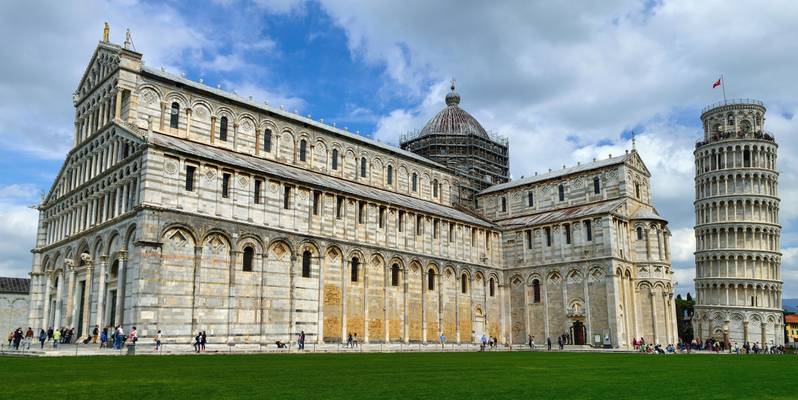
by Joao Eduardo Figueiredo
_1JF7055
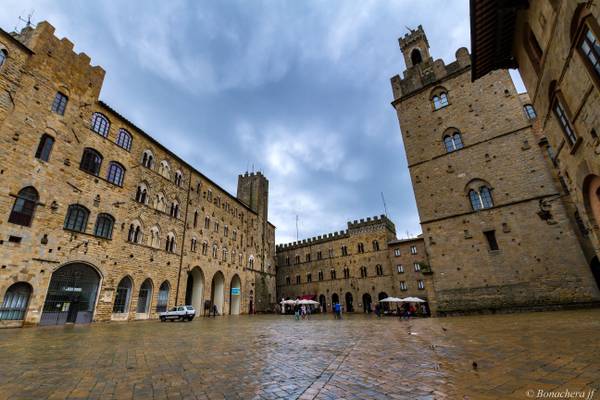
by Jean François Bonachera
La piazza dei priori
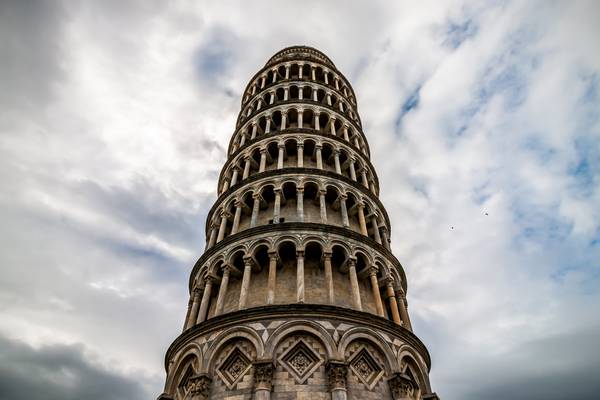
by Salvatore Petrantoni
La torre di Pisa (popolarmente torre pendente e, a Pisa, la Torre) è il campanile della cattedrale di Santa Maria Assunta, nella celeberrima piazza del Duomo di cui è il monumento più famoso per via della caratteristica pendenza, simbolo di Pisa e fra i simboli iconici d'Italia. Si tratta di un campanile a sé stante alto 57 metri (58,36 metri considerando il piano di fondazione)[1] costruito nell'arco di due secoli, tra il dodicesimo e il quattordicesimo secolo. Con una massa di 14.453 tonnellate,[1][2] vi predomina la linea curva, con giri di arcate cieche e sei piani di loggette. La pendenza è dovuta a un cedimento del terreno sottostante verificatosi già nelle prime fasi della costruzione.
L'inclinazione dell'edificio misura 3,9° rispetto all'asse verticale.[3] La torre è gestita dall'Opera della Primaziale Pisana,[4] ente che gestisce tutti i monumenti della piazza del Duomo di Pisa. È stata proposta come una delle sette meraviglie del mondo moderno.
Fonte:
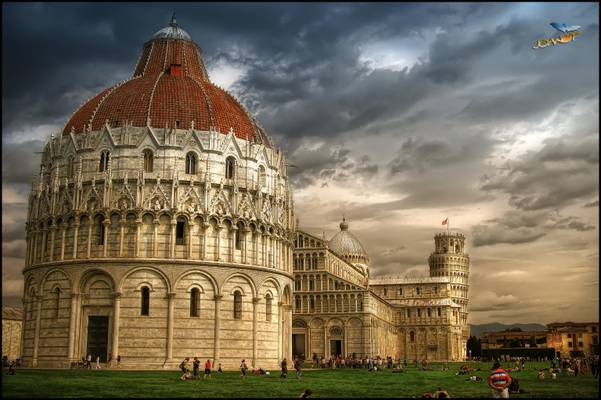
by Joanot Bellver
The Baptistery in the foreground, the Duomo in the center, and the leaning tower in the background on the right
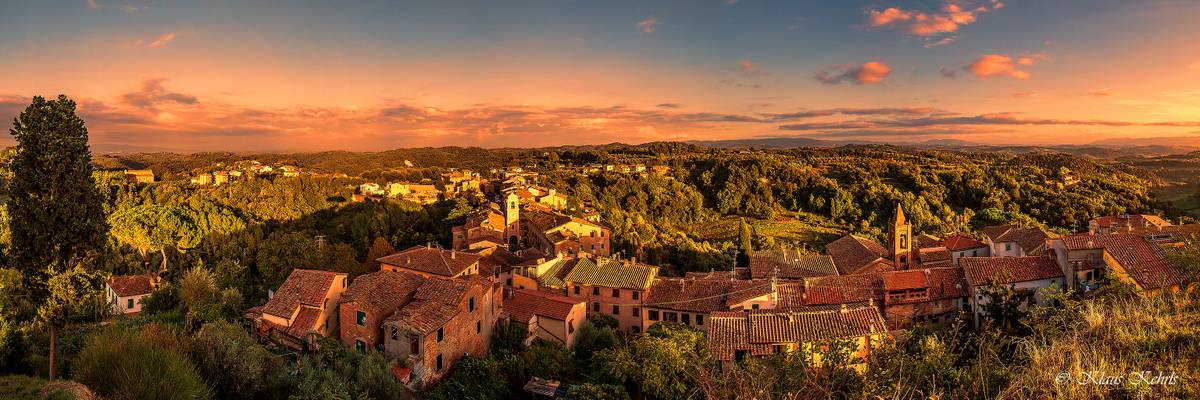
by Klaus Kehrls
Palaia im schönsten Abendlicht
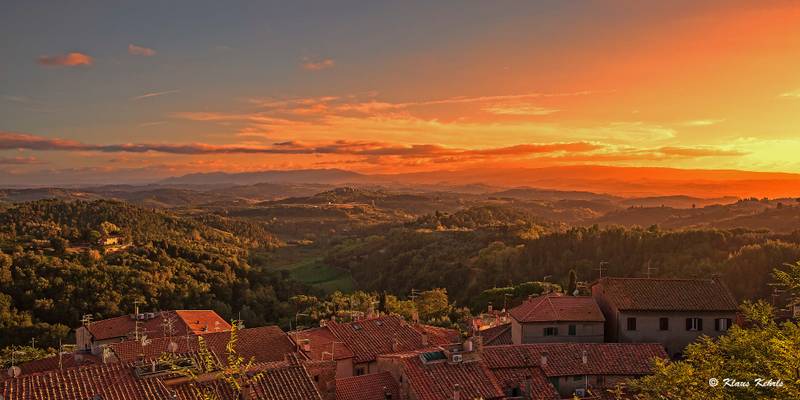
by Klaus Kehrls
Please don't use this image on websites, blogs or other media without my explicit permission. © All rights reserved
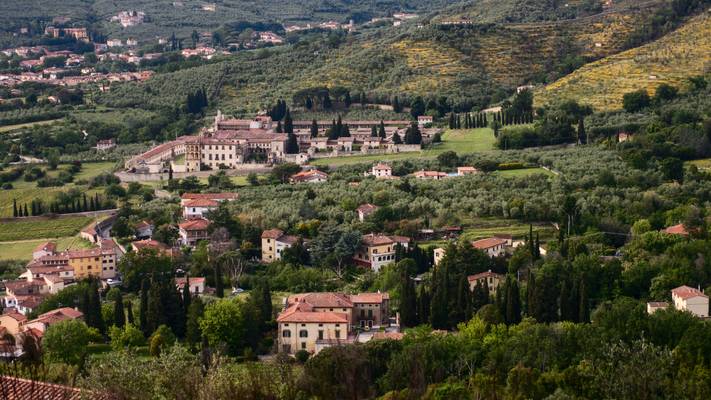
by Rob Oo
Certosa de Calci.
![Pisa [IT]](https://cdn.phoide.com/Thumbs/20319264732.jpg)
UNESCO : Piazza del Duomo, Pisa Date of Inscription: 1987 Criteria: (i)(ii)(iv)(vi)
Thanks to all Phoide contributors to Pisa!
Most notably Klaus Kehrls, Jean François Bonachera, Eduard Wichner and Rob Oo.
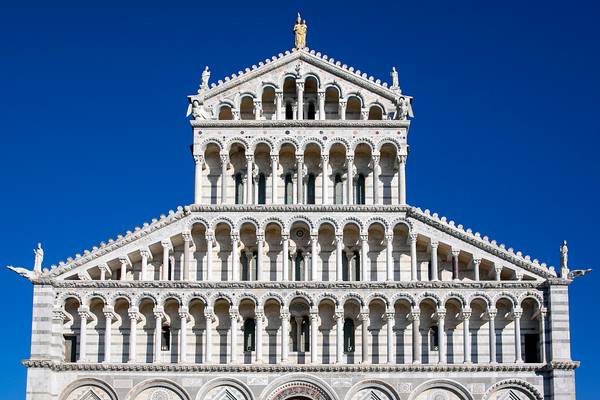

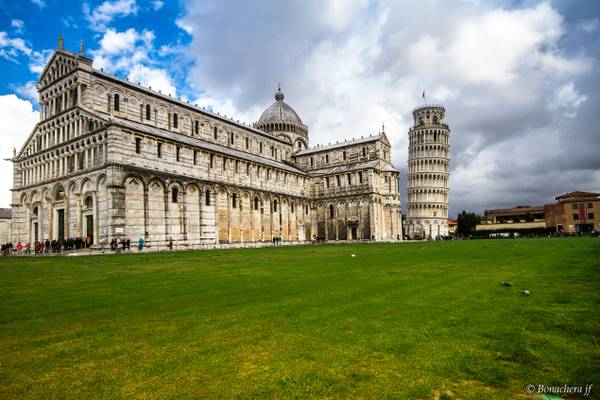
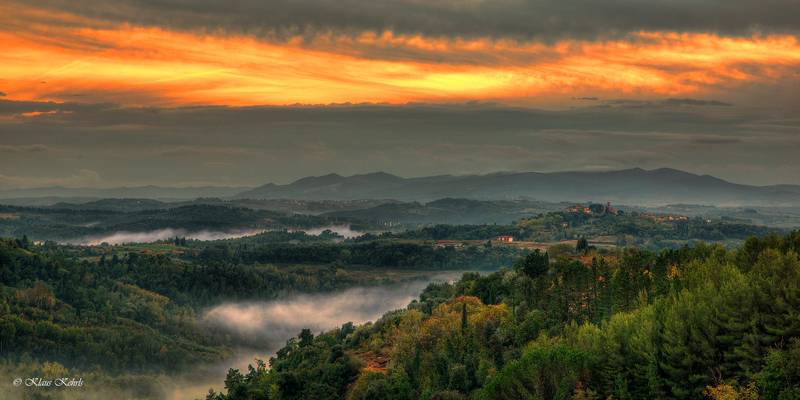
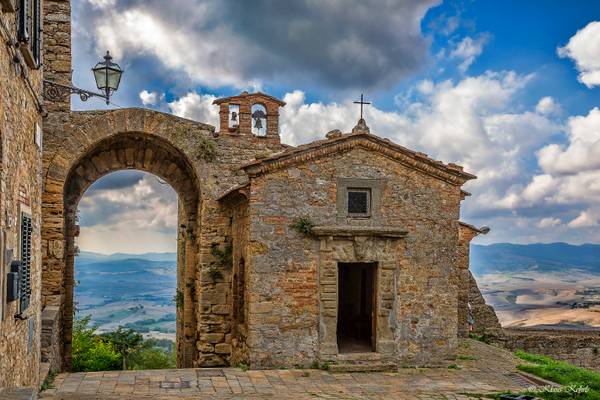

![Piazza dei Priori [IT]](https://cdn.phoide.com/Thumbs/21873637509.jpg)
![Reflection, Pisa [IT]](https://cdn.phoide.com/Thumbs/21474265869.jpg)
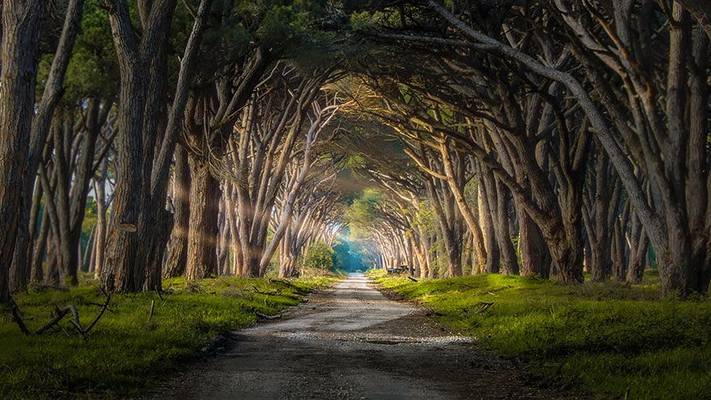
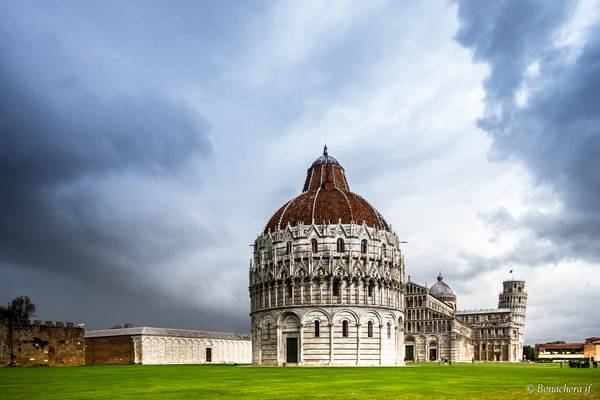
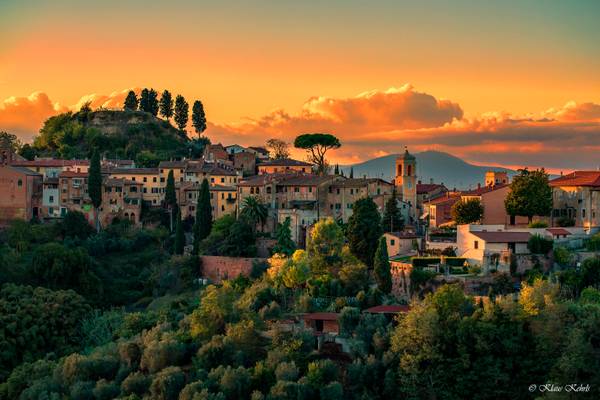
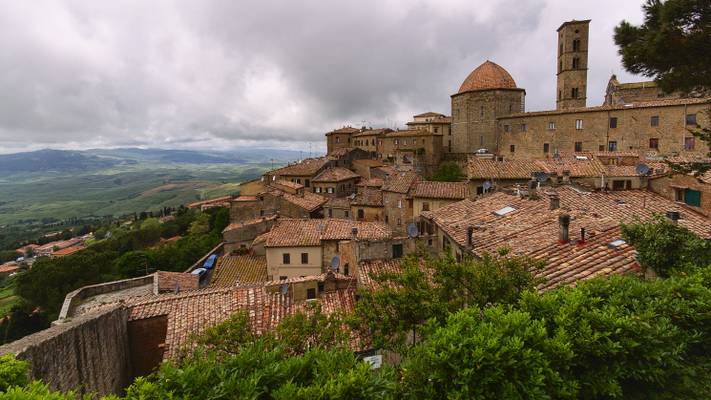
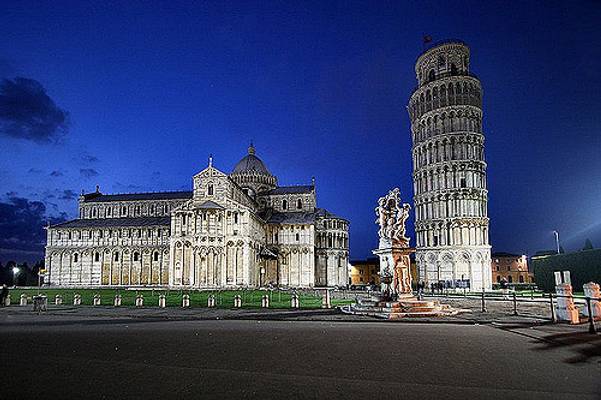
![Piazza dei Cavalieri [IT]](https://cdn.phoide.com/Thumbs/24260441201.jpg)

